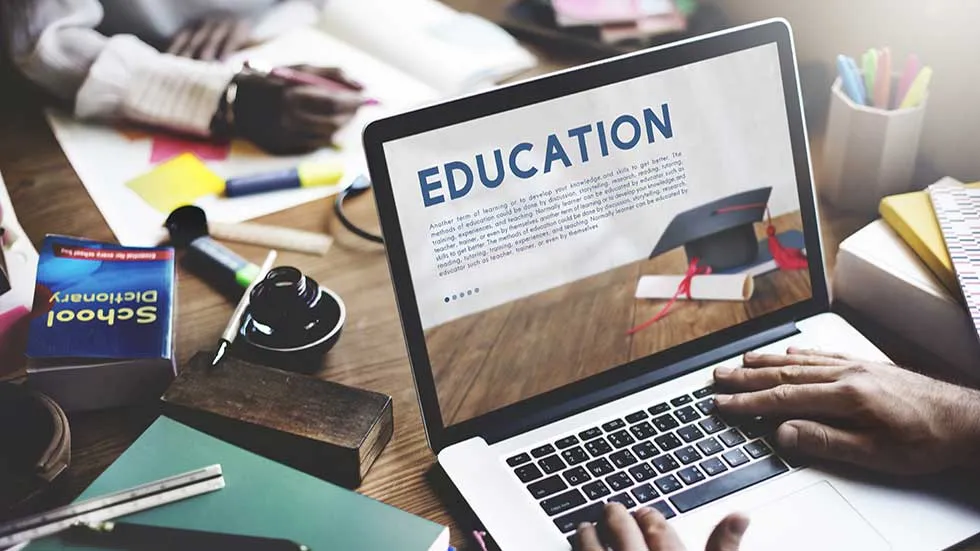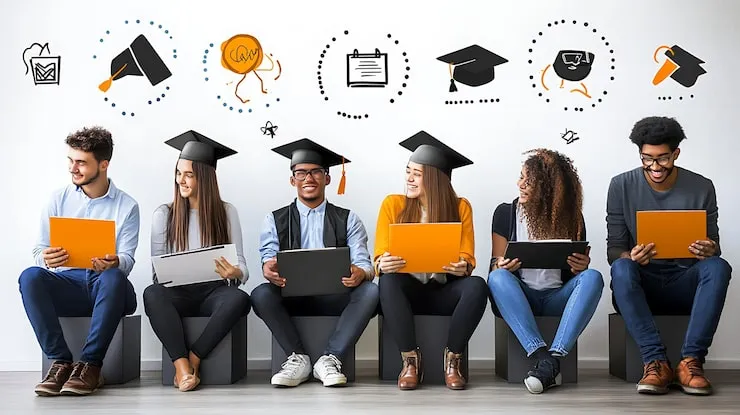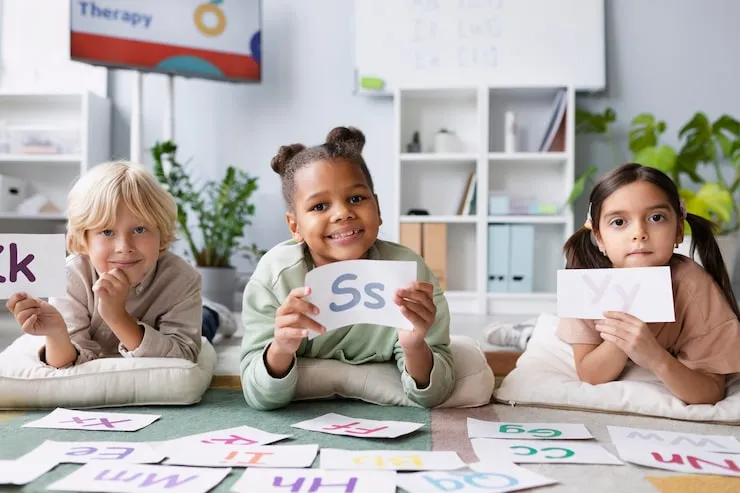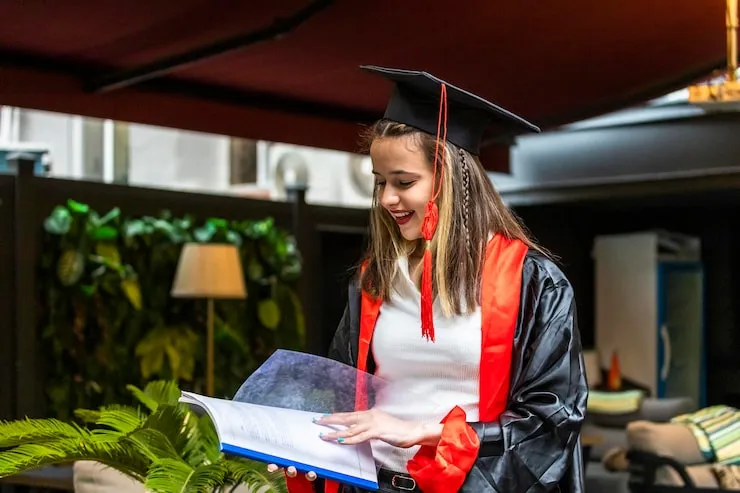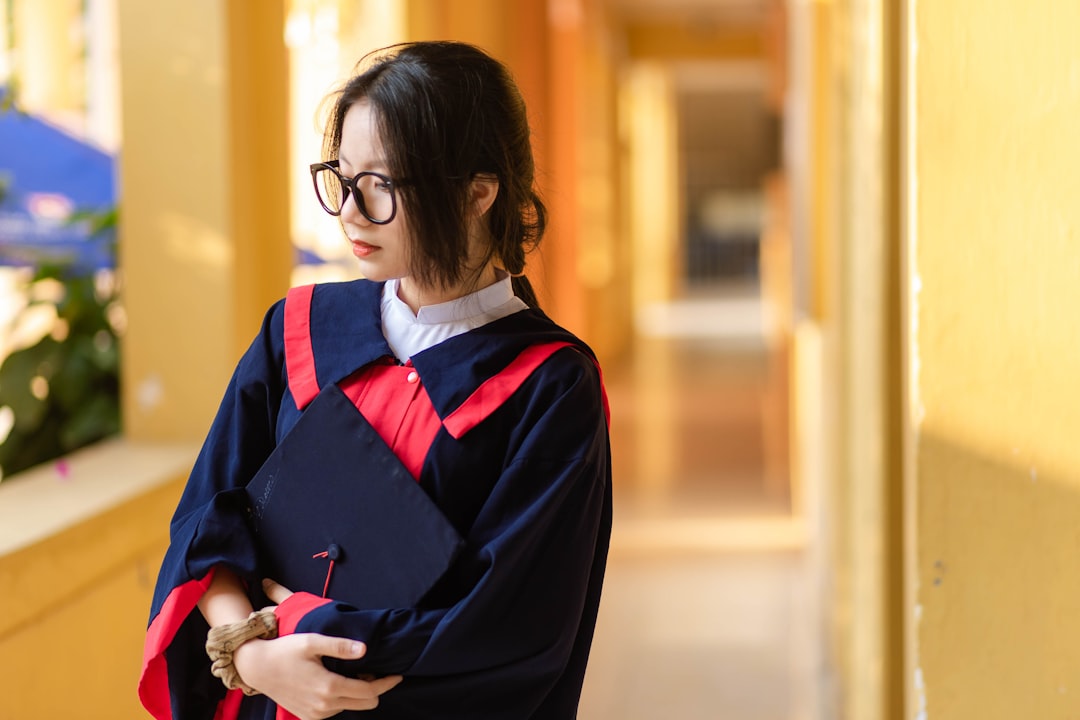Kerala has prioritized education in the budget 2025-26, focusing on the state government to improve schools and make learning for all students. This year, to support the education system, 2,391,13 crore (about $ 290 million) has been kept apart. The new budget continues the efforts made in previous years, especially in building better school facilities, introducing smart classrooms, and making education more fair and equal for students from all backgrounds.
What Is the Education Budget?
Definition:
The budget for education is the money scheme that the state government does each year to learn and preserve everything related to schools. This money is used for things like running primary schools, high schools and colleges. It also helps to pay for teacher education, construction of new classes, fix older people and run special programs for students. The goal is to ensure that each student gets a good education and schools must run properly.
Why it matters:
- Ensures schools have adequate facilities and resources.
- Supports scholarships, learning tools, and inclusive programs.
- Invests in teacher development and digital education systems.
3. Key Highlights of the 2025–26 Allocation
Kerala’s total outlay is 2,391.13crore—111.84crore (≈US$13.6million) above the previous year
3.1. School Education
- 1,083.82crore earmarked for school-level programs.
- 84.28crore for basic infrastructure (walls, lighting)
- 60crore for upgrades:
- Smart classrooms
- Women’s toilets and washrooms
- School office improvements
- 252.14crore reserved for the midday meal scheme.
- 150.34crore for free school uniforms.
- 10crore to support students with disabilities: adaptive equipment and inclusive tools.
- 62crore to aid institutions for intellectually disabled youngsters.
- 7crore for teacher training:
- 5crore for schools
- 2crore for higher-secondary teachers
3.2. Higher Education & Research
- New “CM Researchers Scholarship”: 20crore to award 10,000/month to full-time PhD scholars not on other scholarships.
- 38.5crore for KITE (Kerala Infrastructure and Technology for Education): boosts digital learning via interactive resources.
3.3. Digital and EdTech Initiatives
- KITE-led: VICTERS channels, “First Bell” digital classrooms, and "Sampoorna" schoolERP system.
3.4. Student Life & Extracurriculars
- Life Skills & Values modules introduced across classes (26lakh).
- Vocational training via ITIs and skill centers (13crore) for 12,000 students.
- Support for 46,000 differentlyabled students: play equipment + training (4crore).
- Smartclassroom furniture for 6,478 primary schools (25crore).
3.5. AntiDrug and Physical Fitness Programs
- Antidrug induction program: A fivehour module for 400,000+ highersecondary students implemented via trained teachers.
- Zumba & aerobics in schools continue despite minor opposition; aims: improve health, reduce stress, and build life skills.
3.6. Structural and Academic Reforms
- Avoiding PMSHRI central scheme: Kerala chose not to join due to ideological concerns, risking 1,500crore in central funding. Instead, it will include federalism modules in Class X textbooks.
- Plus One (+1) Admission Expansion: A 10% increase in seats at unaided highersecondary schools, subject to approvals.
- School reopening theme: Studentwritten poems and antidrug themes were a highlight of School Praveshanolsavam.
- Academic Master Plan: New learning judgement methods & infrastructure improvements guided by a June 15 rollout.
4. Why These Changes Matter
- Infrastructure & inclusion: Better facilities and accessible classrooms uplift learning quality.
- Teacher training: Welltrained teachers improve classroom interaction and outcomes.
- Tech focus: Digital classrooms and accountability systems (like Sampoorna) push equity and efficiency.
- Holistic education: Modules in life skills, physical activity, and antidrug awareness support student growth.
- Research support: Financial aid for PhD candidates strengthens Kerala’s knowledge ecosystem.
5. Budget by the Numbers
|
Category |
Allocation |
|
Total education budget |
2,391.13cr (+111.84cr YOY) |
|
School education |
1,083.82cr |
|
School infrastructure |
144.28cr (84.28cr + 60cr) |
|
Disability inclusion |
10cr + 62cr |
|
Subsidies (meals & uniforms) |
402.48cr |
|
Teacher training |
7cr |
|
Digital & EdTech (KITE) |
38.5cr |
|
PhD scholarships |
20cr |
|
Life skills & vocational |
13.26cr |
|
Physical fitness |
Zumba, sports, antidrug modules |
6. What Teachers and Parents Should Know
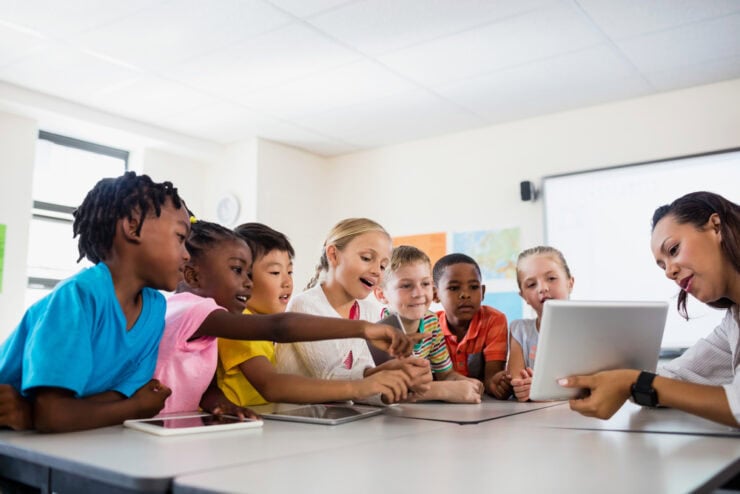
Teachers:
- Help lead induction programs on life skills and antidrug themes.
- Integrate digital tools like Sampoorna into daily workflows.
Parents & Guardians:
- Schools will feature improved washrooms, smart class facilities, and assistive devices for children with disabilities.
- Extracurricular focus expands through Zumba, vocational training, and module-based learning.
Students:
- Access new scholarships and inclusive tools.
- Benefit from campaigns that promote health, awareness, and critical thinking.
7. Final Thoughts
The 2025–26 education budget in Kerala focuses on real needs in schools—better buildings, more use of technology, support for every kind of student, health programs, and backing for research. They’re also paying attention to health and encouraging research. Instead of just following what others do, Kerala is choosing its own way to run education.
This shows they need students to develop not simply academically however as complete people. With an emphasis on fairness and giving faculties more freedom, this finances seems promising for college kids and instructors alike inside the year in advance.
8. Future Outlook: What Can We Expect in 2026 and Beyond?
As Kerala maintains to prioritize training, the modern-day trends trace at a few possible developments inside the coming years:
- Emerging Focus Areas:
AI and Coding in Curriculum: More integration of rising technology like synthetic intelligence, robotics, and facts literacy from center school onward.
- Mental Health Support:
Full-time counselors and wellbeing packages in faculties.
- Hybrid Learning Models:
Combining in-individual mastering with virtual platforms for bendy, customized education.
- Global Collaboration:
Possible change programs and global schooling partnerships for higher secondary and college-stage students.
Long-Term Goals:
- Reduce the dropout charge to close to 0.
- Elevate public schools to worldwide standards in teaching and infrastructure.
- Bridge the virtual divide across rural and tribal regions.
- Promote studies and innovation on the school level with committed labs and funding.



